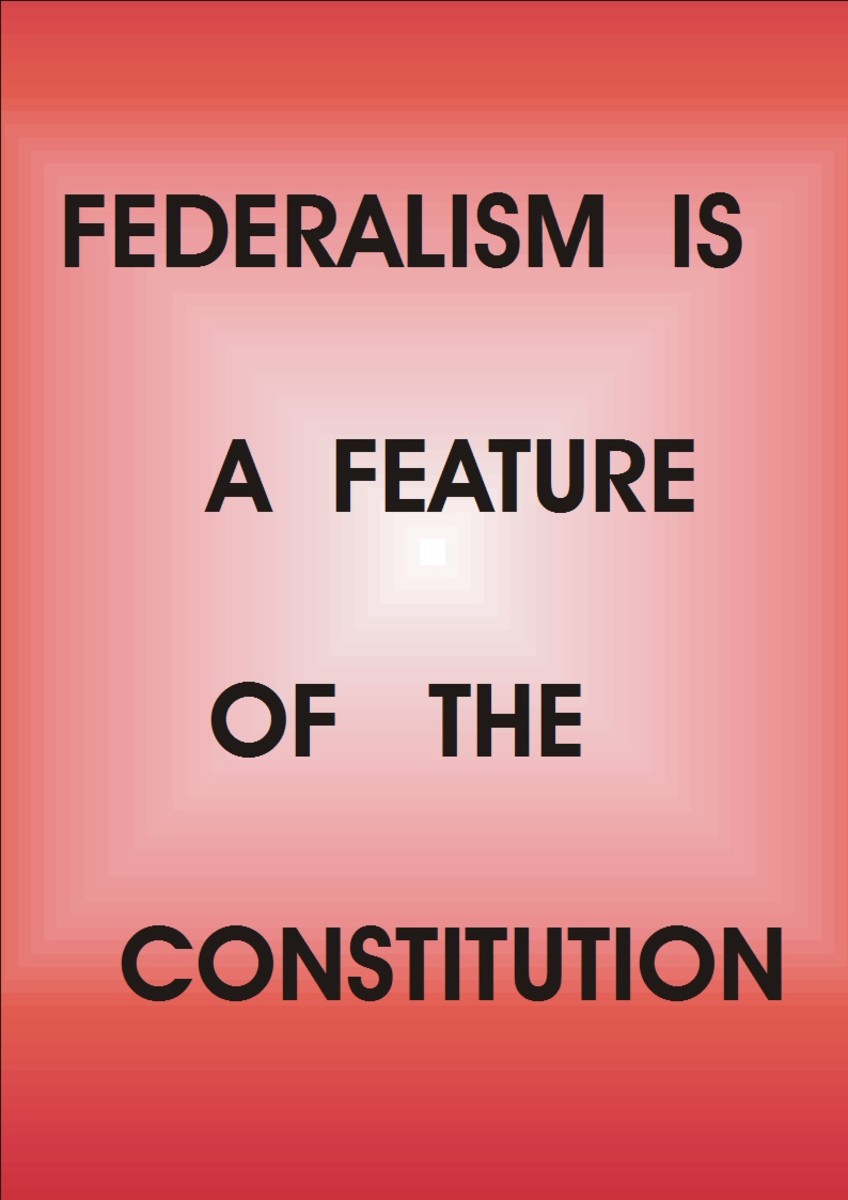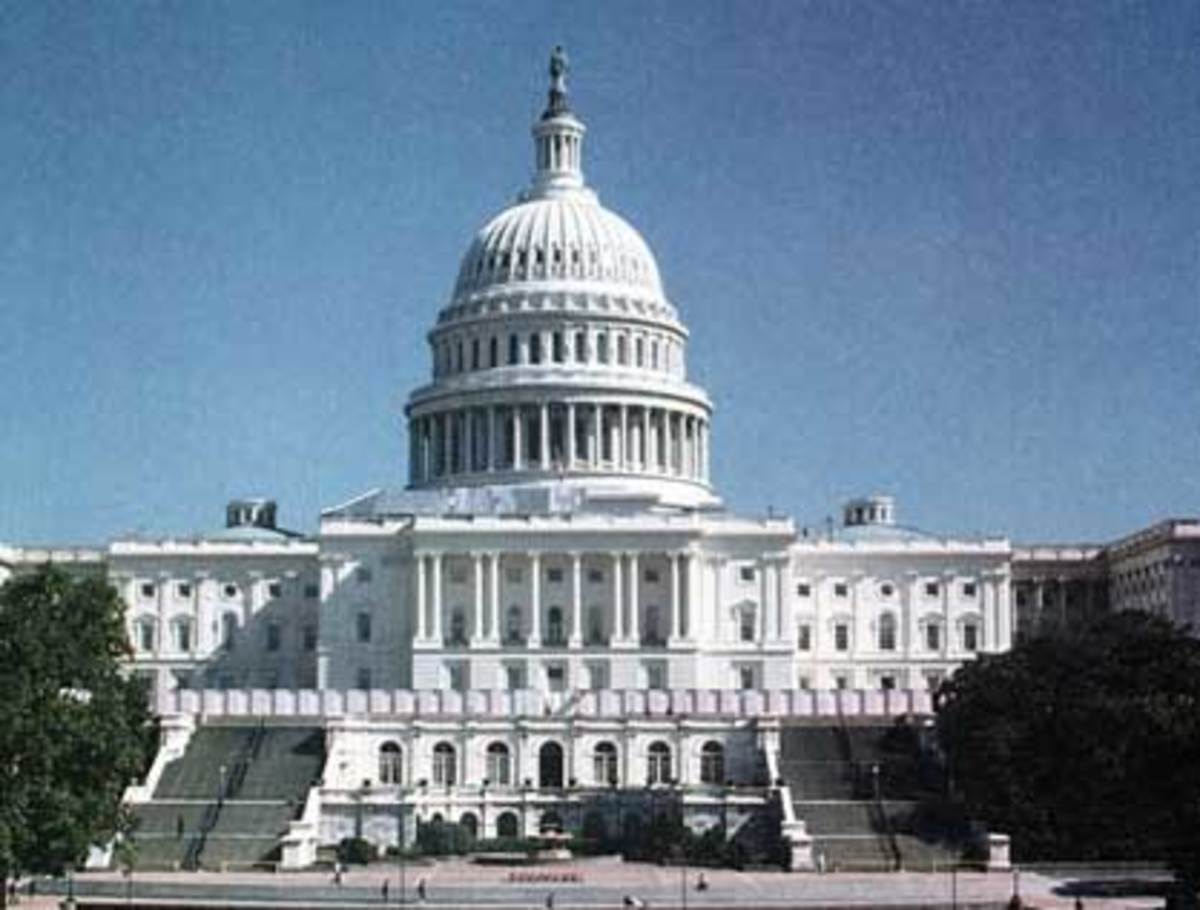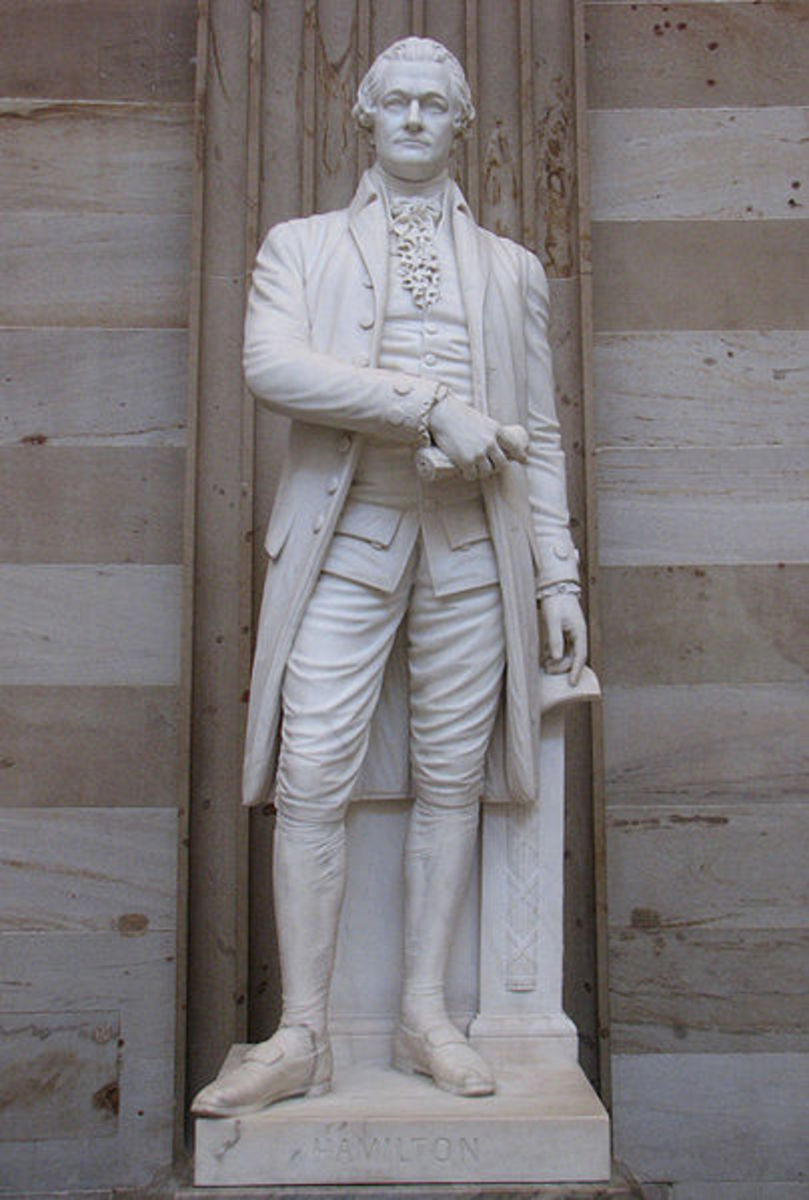The Structure of the Federal Government
First and foremost the approval rating for both the legislative branch and the executive branch is at the lowest if not the lowest it has been in years. The reason this is happening is voters are not satisfied with the performance of Congress and the executive branch. Each has distinct responsibilities and authority but whether they are honoring their commitment to the constituents is left for the voters to decide and in some cases the judicial system.
The structure of the federal government is basically defined within the Constitution which identifies certain responsibilities and authority for each branch of government. This is basically referred to as separation of powers though these words cannot be found in the Constitution only the principle. Our government has distinct responsibilities and in many cases legislative actions or decisions are not well liked by the general public to put it more bluntly the voters. Those who are elected to serve us must understand and realize they work for us not us for them. This is a simple philosophy and if our elected officials do not have this philosophy engrained within their character they can be replaced the next time they are up for re-election.
Our Constitution established as a requirement a legislative branch, an executive branch and a judicial branch. Each is separate and have distinct powers and in some cases limitations as to their authority. What seems to be difficult to understand is the fact that actions by each of these entities appears to stretch their powers to the fullest extent and may not necessarily clearly fall under their constitutional authority.
The judicial branch of government has in many cases made decisions which fall outside their authority. The judicial branch by law is to apply their decisions based on the Constitution and the laws passed by Congress and signed by the President. Cases sometimes involve ruling on whether a law is constitutional while in others the decisions involve legislating from the bench.
The structure of the federal judicial system has a number of levels with the highest being the Supreme Court. The ruling by this court is final as to if there were violations of a law and/or violations of the Constitution. This court does not take every case presented to it but the ones they do have or can have significant impact on the operations of the government.
The legislative branch in recent years has passed many laws some are felt to not be within their constitutional authority. This part of the government has two entities one being the House of Representative and the other the Senate. These entities are to work together to address and resolve issues facing our country and impacting the rights of all citizens according to the Constitution. The distinct power and authority of each of these entities must work or should work together but it appears that this is not the case given the cultural philosophy not in place.
Laws involving revenue must originate in the House of Representatives but the Senate can either honor or suggest changes through amending the proposal and sending it back to the House. Many laws are passed by the House of Representatives but they have been hitting a brick wall when they enter the Senate. This situation however goes both ways as some legislation proposed by the Democratic Senate hits a brick wall in the House some with good reason given the topic and content being presented.
Congress is basically a dysfunctional organization given the culture now in place with no signs of it changing anytime soon with the current individuals now serving us. This can change with the upcoming election. Voters must decide if the decisions being made by their elected officials that are up for election are making decisions based on party policy or what is best for the citizens and our country. Sometimes party policy does have the best interest of the country in mind with legislation being proposed while other times legislative proposals will have a negative impact on use as a country and our economic situation.
Congress needs to get their act together and live up to the responsibilities they have listed in the Constitution. If a topic is not within the realm of their constitutional powers and authority legislation should not even begin the proposal route. It is also up to the legislative branch to work with the President if the proposals in the budget presented each year make sense and is well within their powers identified in the Constitution.
Many laws and legislative proposals are generated each legislative session but there appears to be no connection in many cases to the constitutional authority on which they need to be based. Traceability to constitutional powers needs to be clearly identified according to the purpose of the legislation. In addition the content needs to be written so any individual can read and understand the purpose and requirements of each piece of legislation.
Congress in its wisdom has in the past created department organizations within the executive branch which may not fall under constitutional authority. While some organizations have objectives that make sense others do not and are clearly not a responsibility of the federal government. These departments can be of some use to the rest of us by providing information and guidance for specific situations. Guidance is the key not dictating requirements to be followed under the direction of specific departments or agencies.
Congress has the responsibility to act within the Constitution and under the Constitution the rules of both the Senate and House can be determined within their organizations as to how legislative proposals will proceed and election of leaders in both entities. This can be a good thing but it can also be a bad thing dependent upon the rules and procedures put in place. The process needs to be logical to give ample time to properly evaluate proposals being presented. One rule which appears to be missing is a need for any amendment to legislative proposals to have a connection to the topic and content. Today amendments are often attached to legislation which has no connection to the purpose or content.
The executive branch of which the President is the head has distinct powers and authority as provided by the Constitution. Certain privileges are available to the President to provide instructions to the executive departments and agencies in addressing various laws for which specific departments or agencies are responsible for enforcing. Giving direction through executive orders is the method available to a President.
The structure of the executive department many would say is simple but the complexity of it leaves much to be desired. There are several departments which have logical existence but others do not. The expansion of this part of our government in recent years associated with both political parties may have made sense at one time but in some cases the time has come for some departments and perhaps the agencies within them need to be considered for elimination or consolidation. Today in doing research of the agencies within the executive branch number over five hundred (500). This seems like a large number to exist within the structure of the federal government. It is not known how these agencies were initiated whether it was through congressional authority or if they were initiated by the agency of which they are a part.
In looking at the list of these agencies many have a general purpose and provide positive support to many organizations such as our military. The federal government needs to support our military to the fullest extent possible with the resources available. In other cases departments and agencies need to be evaluated for authority across multiple entities. These agencies need to be streamlined to provide efficiency and cost effective measures to best serve the needs of the country.
The executive branch and specifically the President makes many decisions some of which can be made under his authority while others need to be processed through Congress to comply with the concept of separation of powers. The legislative branch generates the laws while the executive branch is required to enforce them. Together with Congress and the judicial branch the system in place consist of the concept of checks and balance. Each branch of government is a check on the other. Congress is a check on the President and the President is a check on Congress. The judicial branch is a check on both of these entities and decisions by the Supreme Court is final for which Congress can make revisions to laws affected by any decision by the court.







